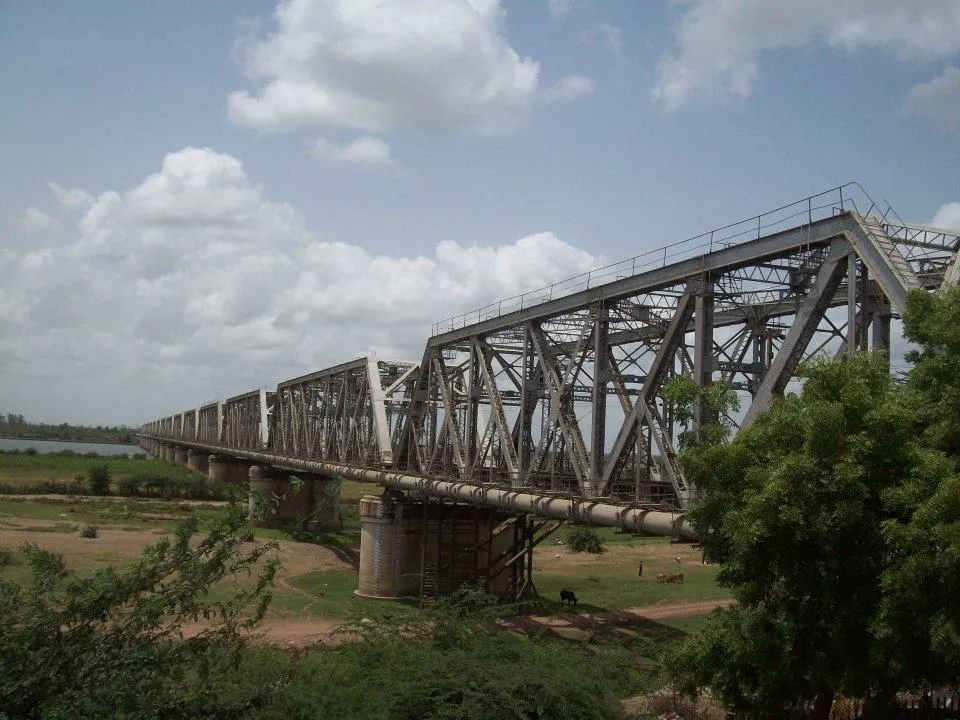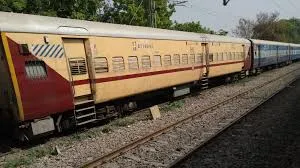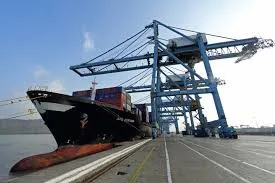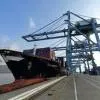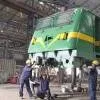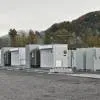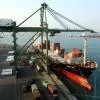As we stand at the precipice of a new era, the future of our cities hangs in the balance, teetering between chaos and innovation. The intertwined destinies of town planning, shared mobility, and public infrastructure will shape the landscapes where we live, work, and thrive. In this thought-provoking exploration, we delve into the intricate dance of these elements and their profound implications for the cities of tomorrow.
With the swell of city populations and climate concerns intensifying, how we think about urban spaces is radically transforming. Across the globe, city planners and policymakers are crafting innovative solutions to create more sustainable, liveable, and equitable cities. The days of segregated city functions are fading. Cities embrace mixed-use development, bringing together residential, commercial, and green spaces within walking distance. This fosters more vibrant communities and reduces reliance on cars. With climate change posing increasing threats, cities are building resilience in their infrastructure. From flood-resistant buildings in Rotterdam to sponge cities like Copenhagen, cities are adapting to protect themselves from extreme weather events.
Cities prioritise pedestrians and cyclists and reclaim streets for walking, cycling, and public spaces. Pedestrian-only zones, like Copenhagen's car-free Str?get, are popping up, encouraging active travel and fostering vibrant street life.
Parks, green corridors, and urban forests are no longer afterthoughts but integral to city planning. Paris' ambitious "Bois de Vincennes" extension will add 80 hectares of green space. At the same time, Singapore's "Gardens by the Bay" showcases the integration of nature and urban development.
Efficient and accessible public transportation systems are vital in reducing pollution and congestion. Cities like Amsterdam and Seoul are pioneering innovative metro and bus networks, while Bogot?'s TransMilenio system demonstrates the power of dedicated bus lanes.
Shared mobility and micro-mobility transcend mere transportation; they catalyse societal transformation, challenging the conventional narrative of car ownership. Shared micromobility models, including the transportation of light goods, create jobs and boost local businesses by making cities overall more accessible. As ridesharing becomes ubiquitous, our cities will undergo a profound metamorphosis. The potential benefits are immense?reduced traffic congestion, optimised real estate usage, and inclusive, sustainable transportation options. Bike-sharing and car-sharing programs are gaining traction, offering residents flexible and affordable mobility options.
Cities like Barcelona and Berlin boast extensive bike-sharing networks, while Oslo promotes electric car-sharing to reduce single-occupancy vehicles. Smart technologies are increasingly crucial in optimising traffic flow, managing parking, and promoting alternative modes of transport. From intelligent traffic lights in Los Angeles to Stockholm's congestion charging system, technology is shaping a more efficient urban mobility landscape.
City planning today prioritises accessibility and inclusivity, ensuring all residents have equitable access to public spaces and transportation. Universal design principles and barrier-free infrastructure are becoming the norm, making cities more welcoming for people with disabilities or limited mobility. Engaging local communities in the planning process is crucial for creating cities that truly reflect the needs of their residents. Participatory budgeting initiatives, like those in Porto Alegre, Brazil, empower residents to have a say in developing their neighbourhoods.
The transformation of our cities serves as a canvas for innovators to redefine what is possible. It necessitates collaborative efforts from governments, private sectors, and citizens alike to ensure that the benefits of progress are shared equitably. Toby Seba's groundbreaking work, "Clean Disruption of Energy and Transportation," is our guiding star. His insights into the convergence of clean energy and autonomous vehicles resonate with our commitment to embracing innovation that shapes the future of public transportation on a global scale. Seba's vision becomes intertwined with our narrative, propelling us toward a future where sustainability and efficiency redefine the global standard.
The future of public transportation is intrinsically linked to shared mobility. As our workforce evolves through upskilling, the benefits extend to our services. A skilled and empowered workforce is better equipped to implement and adapt to the innovations that define more than the future of transportation. Green cities are also accessible, where public transportation systems are robust and connected, and alternative modes of travel are encouraged. This requires upskilling in public transport planning, traffic management, and micro-mobility infrastructure development.
Sustainable cities rely on a skilled workforce to plan, build, and maintain eco-friendly infrastructure. From architects specialising in green buildings to engineers adept at renewable energy technology, upskilling existing professionals and equipping new entrants with relevant skills will be crucial for implementing ambitious climate goals. Initiatives like Singapore's Green Plan 2030 and Copenhagen's Climate Neutral 2025 strategy highlight the need for training programs in areas like energy efficiency, sustainable transportation, and waste management. The future of work is uncertain, and cities must prepare their residents for this dynamic landscape. Investing in digital literacy, coding skills, and adaptability training will ensure residents can thrive in the face of economic shifts and new technologies. Cities like Amsterdam and Stockholm, focusing on tech hubs and innovation centres, recognise the importance of upskilling citizens to remain competitive in a globalised knowledge economy.
We can now more than imagine a city where streets are not mere conduits for cars but dynamic arteries pulsating with shared vehicles, bicycles, and pedestrians. The future of town planning embraces mixed-use spaces, blurring the lines between residential, commercial, and recreational zones. It envisions green corridors where sustainable shared mobility options seamlessly integrate with pedestrian-friendly walkways, fostering a sense of community and reducing our carbon footprint. Recognising the interconnectedness of urban and rural areas, city planning is adopting a regional approach. Initiatives like the "Greater Bay Area" project in China aim to create interconnected networks of cities that share resources and infrastructure.
Once choked by traffic and pollution, Indian cities are embracing innovative town planning and mobility solutions to create functional, sustainable, liveable, and equitable spaces. India's metro rail network is expanding at a breakneck pace, connecting suburbs to city centres and offering a viable alternative to private vehicles.
In conclusion, the future narrative of town planning and shared mobility unfolds as a story of resilience, adaptability, and progress. As we navigate urban transformation, a collective vision prioritising sustainability, inclusivity, and community flourishing becomes our guiding principle. The future is not a destination but a journey where shared mobility defines the global standard for transportation excellence. In this journey, our commitment to upskilling, global examples, and innovation propels us to the forefront of transformative change, steering us toward a future where cities are beacons of progress and sustainability.
The article is authored by Nagesh Basavanhalli, Non-Executive VC, Greaves Cotton.

